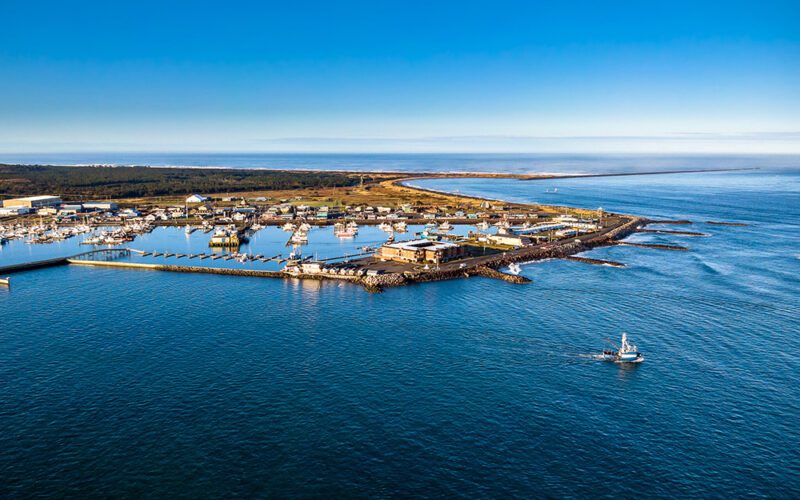More than a century ago, the bustling Port of San Francisco dominated the U.S. West Coast’s international and domestic intercoastal deep-water trade. Meanwhile, the ports of Washington and Oregon were busy handling export cargoes such as lumber, agricultural products and coal. Japan’s NYK steamship line had begun service between Japan and Seattle in 1896, but 13 years later a unique agreement between the Chicago, Milwaukee & St. Paul Railway Co. and Japan’s Osaka Shoshen Kaisha (OSK) Line created what was the very first ship-to-train trans-shipment agreement. It would revolutionize the international movement of goods. Under the terms of the agreement,…
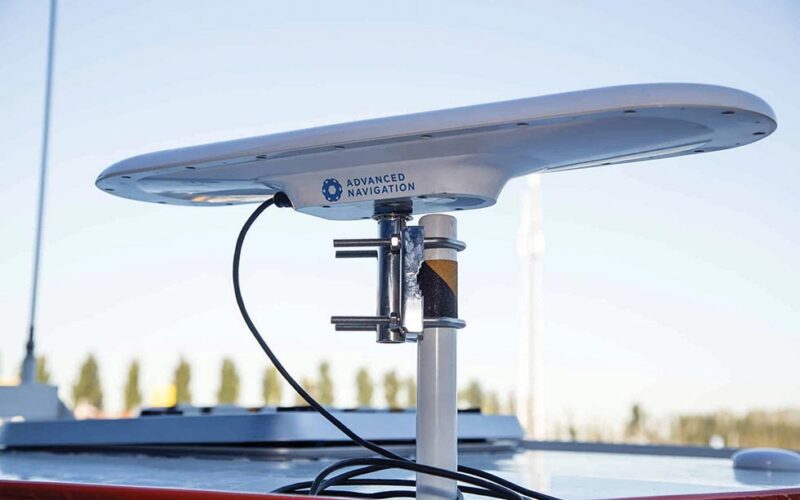
Maritime navigation has gone from a sailor finding his way with a sextant and the stars to technology so advanced that artificial intelligence can chart a precise course without a human being on board a vessel. Companies around the world have developed a variety of smart solutions and services in recent years that support seafarers and marine vessels in achieving safer, more accurate and efficient voyages. Industry-wide, there’s a focus on autonomous control, reducing human error, increasing connectivity, improving route planning and overall digitalization. Industry leaders shared some of their latest innovations, including the use of artificial intelligence (AI), with…
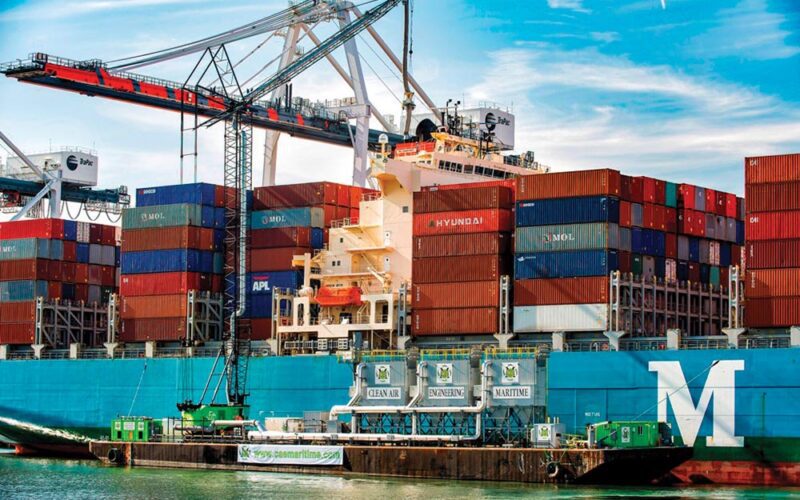
In 2008, the California Air Resources Board (CARB) laid out new regulations that mandated strict reductions in air pollutants produced by container, cruise and refrigerated cargo ships docked at the busiest ports in the state. Scaled upward over the following years, the key requirements of the regulation called for a minimum cut of 80% in emissions starting in 2020. The directive—the strictest such pollution control guidelines in the country—has sped the implementation of so-called “cold ironing,” in which ships damp their main and auxiliary engines while at berth and “plug-in” to power onboard generators and other equipment with high-voltage electrical…
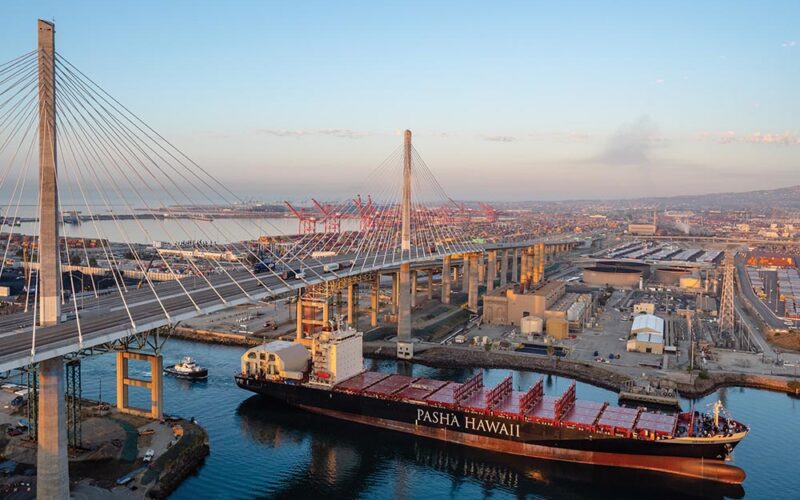
As the global economy continues to emerge from the COVID-19 pandemic, maritime firms remain steady in their investment in Alaska and Hawaii. Whether they’re upgrading vessels and/or building facilities and other infrastructure, companies and public agencies in the region are working on various initiatives and projects to cement their footing in the two states and bring opportunities to far-flung communities. Here’s a sample of what some companies and other entities are up to in the Alaska and Hawaii region: PASHA Business is going well across the board in the Hawaii/Mainland trade lane, said George Pasha IV, president and CEO of…
The region’s deck machinery industry examined. The deck machinery industry directly impacts working life for maritime industry professionals. New iterations of winch models or power blocks can make the difference on the job and informs new purchasing decisions. Here are developments from some of the West Coast’s major deck machinery manufacturers. LA CONNER MARITIME – La Conner and Mount Vernon, Wash. La Conner Maritime was founded by Ed Oczkewicz in 1978 to make deck gear for commercial fishing boats. The company started providing field service in Bristol Bay around 1984. Ed’s son, Isaac Oczkewicz, carries on the tradition as La…
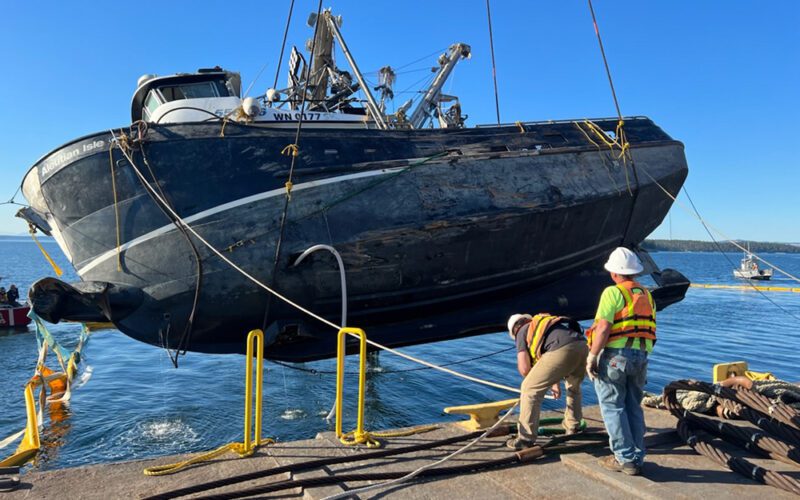
It is easy to see a company’s successes above water, but there’s also some quality work happening beneath the surface. Whether it is pulling wreckage from seemingly unreachable depths or laying down hundreds of miles of cable that would provide internet access to remote Alaskan communities, these companies and their talented workforce of experienced divers, salvage experts and support staff are the industry’s underground workhorses. Here is a look at what these diving and salvage companies are accomplishing along the West Coast: AMERICAN MARINE CORP. 2022 has been a busy year for longtime West Coast specialty marine contracting, commercial diving…
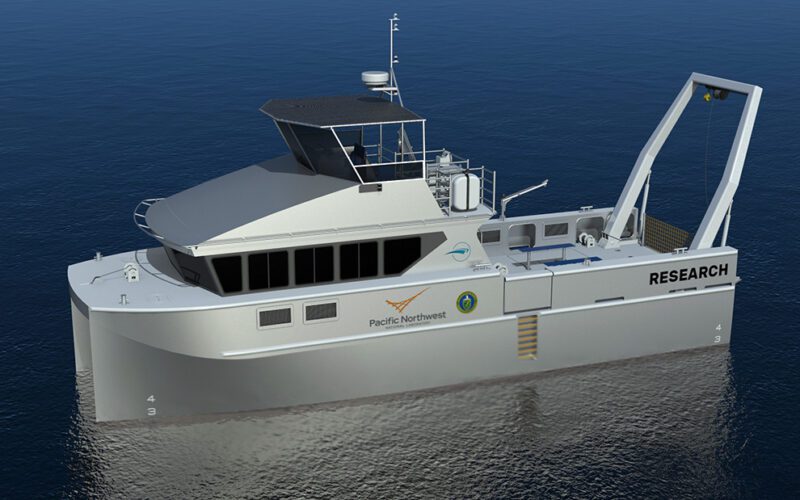
The Department of Energy anticipates its first hybrid-electric research vessel. The r/v Resilience is a hybrid electric research vessel being built by Seattle-based contractor Snow & Company, is expected to join the Pacific Northwest National Laboratory-Sequim (PNNL) fleet in April 2023. The PNNL is one of the United States Department of Energy’s national laboratories, managed by the DOE’s Office of Science. The laboratory houses several scientific user facilities and research facilities. “They (PNNL) have a fleet of two boats right now and they wanted to expand with (the addition of) a larger vessel with more capabilities,” Snow & Company Project…
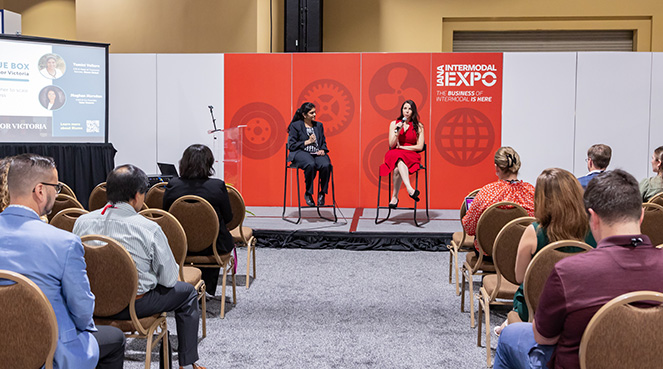
From Sept. 12-14, the Intermodal Association of North America (IANA) welcomed more than 2,000 members of the goods transport industry to Long Beach, California for the organization’s annual Intermodal Expo, which was chock full of information, analysis and insight across its three days. Many of the event’s IANA-organized sessions focused on ongoing supply chain challenges and opportunities within the industry. Representatives from more than 110 companies were in attendance, according to IANA. The expo’s first general session, “Inside Intermodal,” which was led by John Larkin of Clarendon Capital, offered thoughts and insights on intermodal’s direction from the perspectives of 3PLs,…
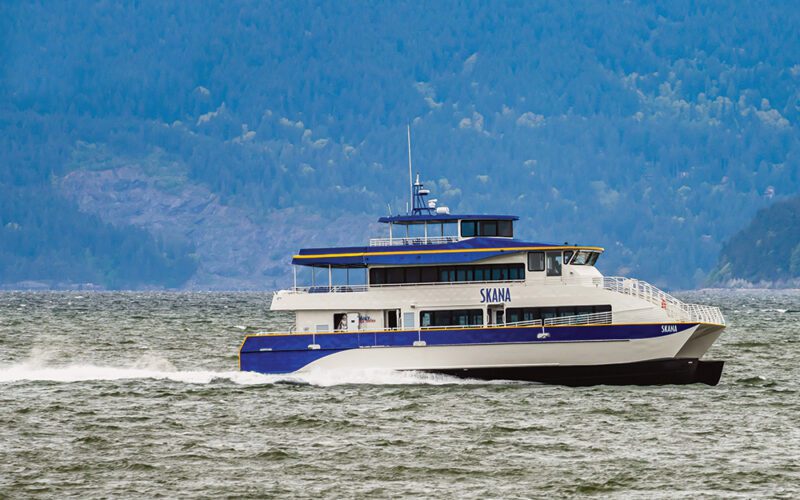
Those in charge of passenger-only ferry design, construction and operations continues to march toward cleaner, more sustainable models and practices. Whether it’s ferries that get commuters to and from work or catamarans that carry researchers to their oceanic missions, West Coast vessel builders and operators are moving people in a way that produces less pollution. That move toward zero emissions is expected to quicken with President Joe Biden’s Bipartisan Infrastructure Law. Passed in November, it includes “historic levels of funding,” almost $300 million, to enhance access to ferry service and build greener ferries, according to the Federal Transit Administration (FTA).…
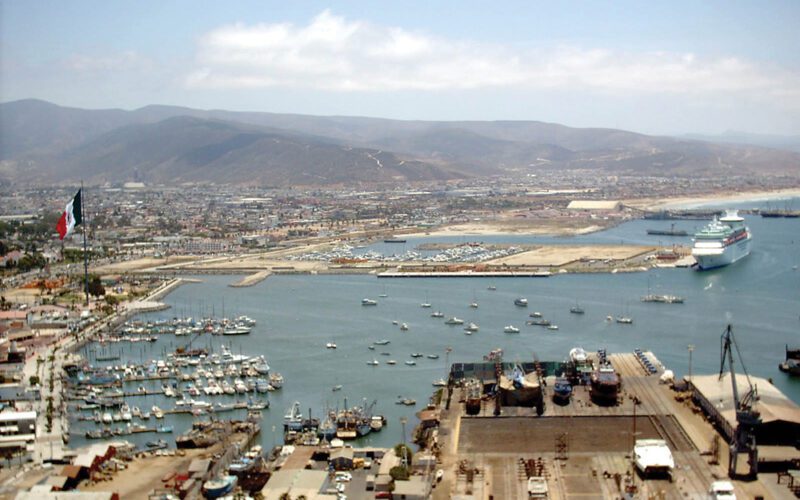
The seaports along Mexico’s Pacific coast generally don’t receive a lot of attention north of the border in the United States, but although they’re typically smaller and not as high profile, some of them are as bustling as their counterparts elsewhere in North America. Part of the reason why is the country’s blossoming manufacturing industry. Mexico has 16 international seaports allowing for the expedited arrival and departure of goods. Baja California, a Mexican state south of California, is home to five of those international seaports—Ensenada, Isla de Cedros, Rosarito, Sauzal de Rodriguez and San Felipe—all of which except Isla de…

